Founded by St. Ciarán in the 6th century AD, Clonmacnoise is one of Ireland’s most famous early monasteries. Its high status is reflected in the historical documents which record numerous instances of Irish kings and important ecclesiastics being buried at the site. Today, evidence for these interments survives in the form of beautifully decorated grave-markers, of which nearly 700 are known. Indeed, this enormous corpus constitutes the largest collection of early medieval grave-slabs found anywhere in Atlantic Europe. A small selection of these finely decorated stones are now on display at the Clonmacnoise Heritage Center and photos of some of these grave-slabs appear below. I hope you enjoy the images.
Inscription: Oroit do Thuathal Saer. Translation: A prayer for Tuathal the craftsman.
Inscription: Oroit do Odhrán Húu Eolais. Translation: a payer for Odhrán the Knowledgeable. Odrán úa Eolais belonged to a hereditary learned family at Clonmacnoise and his death is recorded in AD 994 (Annals of Four Masters).
Inscription: Oroit do MaelMhíchil. Translation: A prayer for Mael Mhíchíl (bald/tonsured Michael). Mael, as in bald/tonsured, was often used to denote a religious figure and this slab may have marked the burial place of a cleric.
Inscription: Oroit ar Maela. Translation: A prayer for Máela. Uncertain historical figure.
Inscription: Colman + Bocht (in ogham script). Translation: Colman the Poor. This may be a member of the Meic Cuinn na mBocht family, a dynasty who provided a number of ecclesiastical officials for the monastery.
Inscription: Ctore


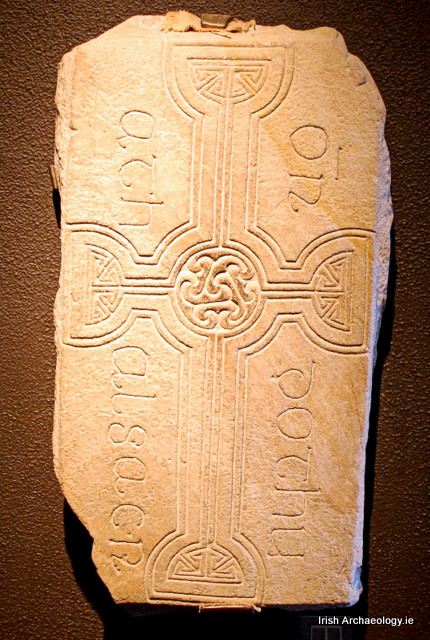
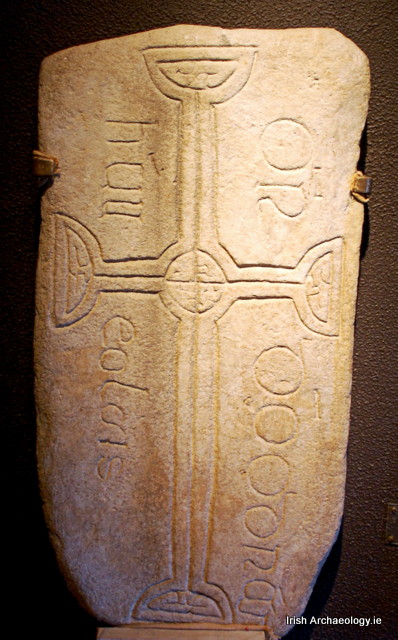
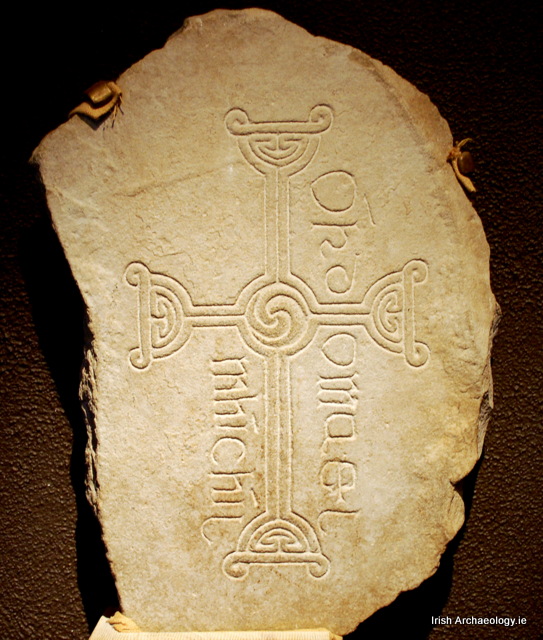
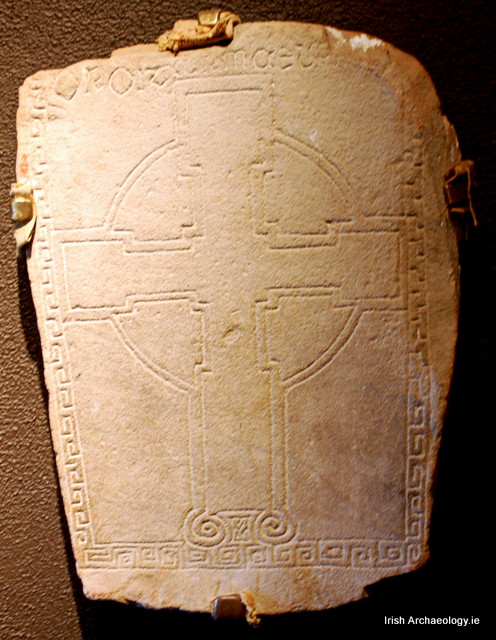

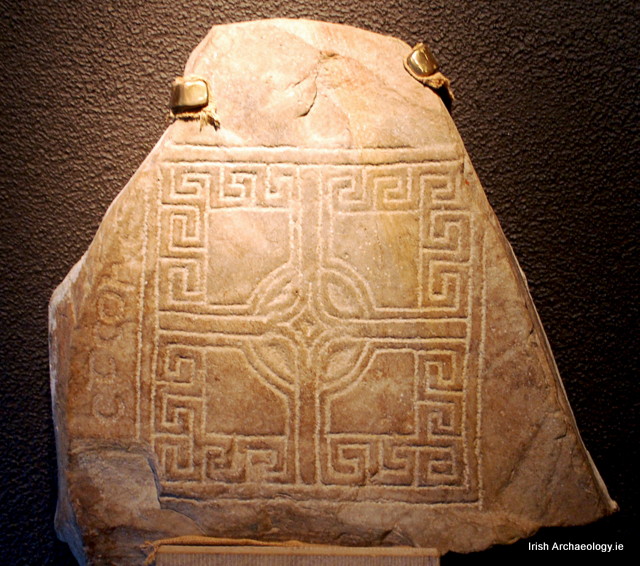


HI I often wondered why you never did a story or a blog on the seven castles of Clonmines Wellingtonbridge Co Wexford .I dont know if you have ever visited their ? if not you should take the time to visit . It would definitely be worth the time spent their !!
Hi Philip, to the best of my knowledge the landowners don’t permit any photos of the site to be published and are restrictive about access. It’s a real pity
Hi
Do you know if any ogham burial stones were used at Clonmacnoise?
Nice photos. Thank you. Just a note about the inscription Oroit do Mael Mhíchíl. Your translation is slightly misleading. This is not a prayer for ‘bald Michael’. Though ‘mael’ does (or can) mean ‘bald, shaved’, in the context of personal names ‘Mael-X’ means ‘devotee of X’. So Mael Mhíchíl is actually the servant or devotee of St Michael (the archangel). Mael-Muire ‘servant of Mary’, Mael-Brigte ‘servant of Brigit’ and so on. The connection between shaving the head and devotion to somone. or being a servant of someone, is a long-standing one.